Australian Native Medicinal Plants
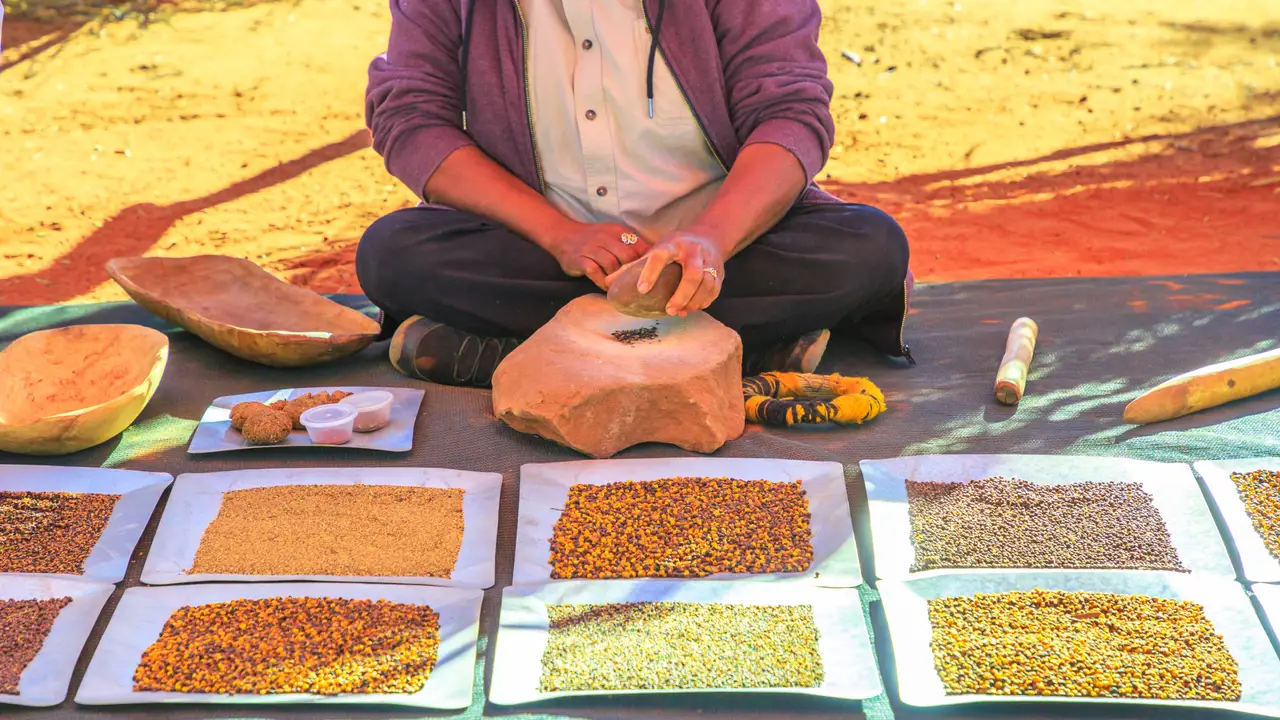

Much of modern medicine is derived from traditional approaches. Compounds from various plants have been used for millennia to treat a variety of illnesses and injuries.
The Indigenous peoples of Australia have a rich history of plant use for medicinal purposes. Mobs would look to the land to help with injuries and illnesses. Native plants (and some insects and animals) were their first aid kits, with a wide variety of plants used for very specific purposes.
The various medicinal properties of plants became treasured traditional knowledge, passed down through generations. Aboriginal and Torres Straight Island peoples used their knowledge to treat everything from pain and swelling to skin conditions to colds, even bites and stings.
Here we take a walk through the bush to discover some of the most common bush medicine.

Leaves from Eucalyptus trees can be infused or crushed to produce an oil. Traditionally these remedies were used for fevers, chills, and body pains. Today it is commonly found in cough suppressants, throat lozenges, and mouthwash.
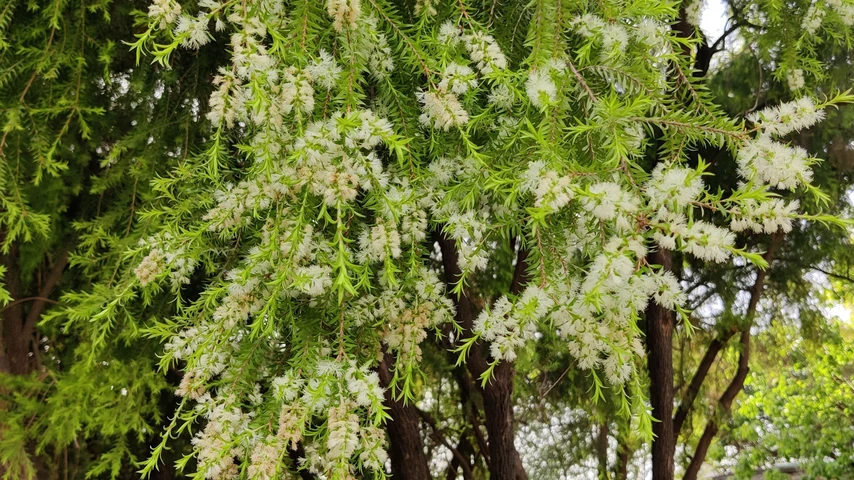
Tea tree leaves can help heal wounds as a paste and soothe throats when made into tea. Tea tree oil is now known as a powerful antiseptic and is used for fungal infections, acne, and much more.
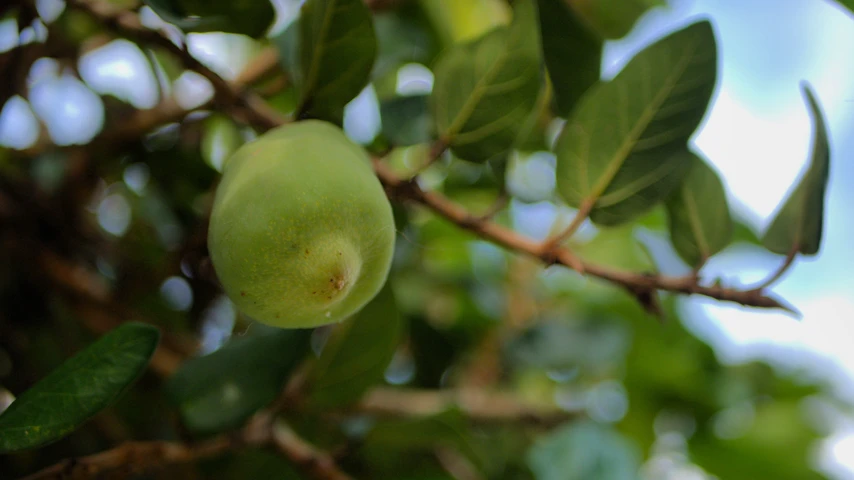
With more than 50 times the Vitamin C content of oranges, the Kakadu plum is the riches source in the world. Vitamin C is a potent antioxidant, protecting your cells from damage caused by free radicals.
The fruit was traditionally used to treat headaches, colds and flus, and as an antiseptic balm. It was also an important source of a range of nutrients including iron, copper, dietary fibre, zinc and calcium.
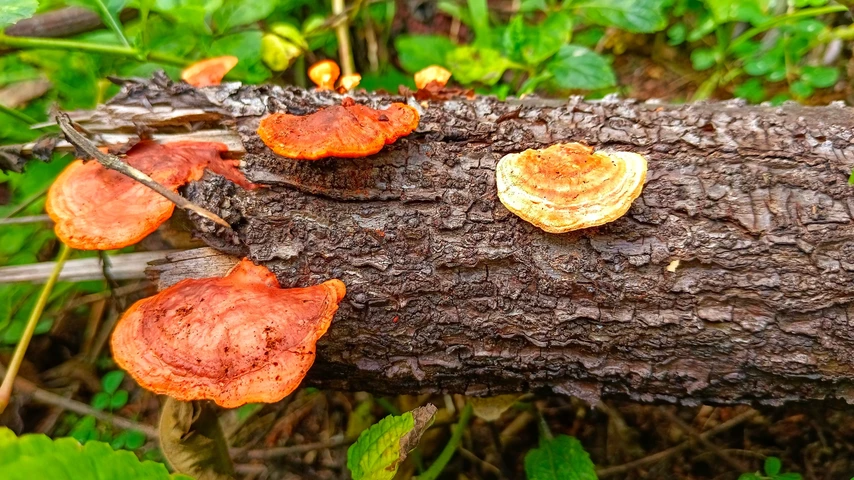
This fungus helps babies with teething and oral thrush when rubbed inside their mouths. Adults would also suck on these mushrooms to treat sore mouths and lips, and ulcers.
Two different antibiotic compounds have been found in one species of desert mushroom.
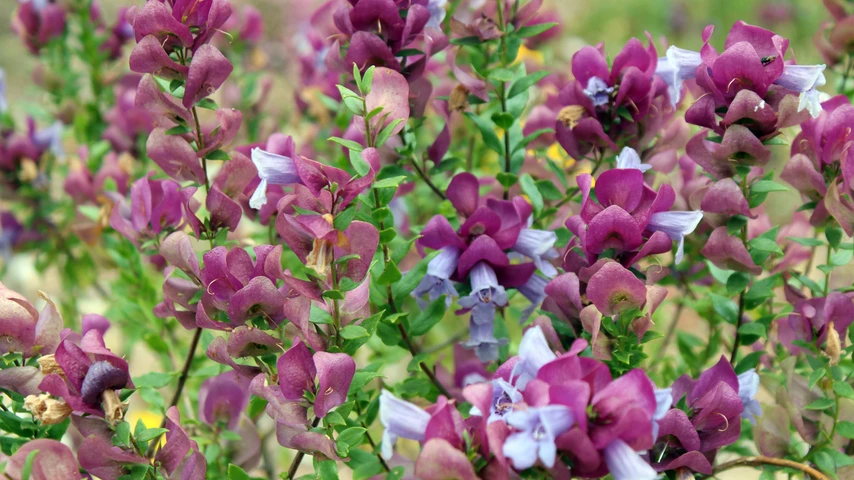
A plant with strong medicinal and cultural ties for many Indigenous Australians, the Emu bush has strong antibiotic properties. Crushed leaves were used to make medicine for cuts, headaches, insomnia, and tooth decay.
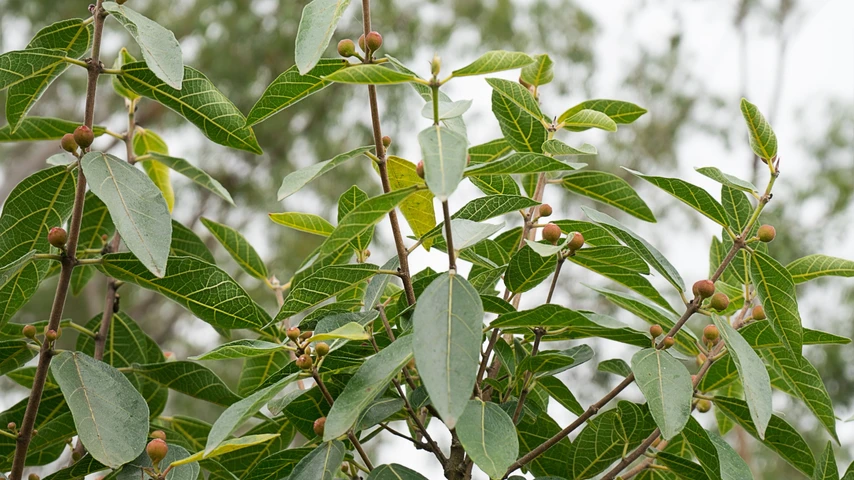
Sandpaper fig leaves are quite rough and were crushed and soaked in water. This concoction was then rubbed on itchy areas until they bled. It was also used to treat fungal infections on the skin. Sap was also applied to small wounds.
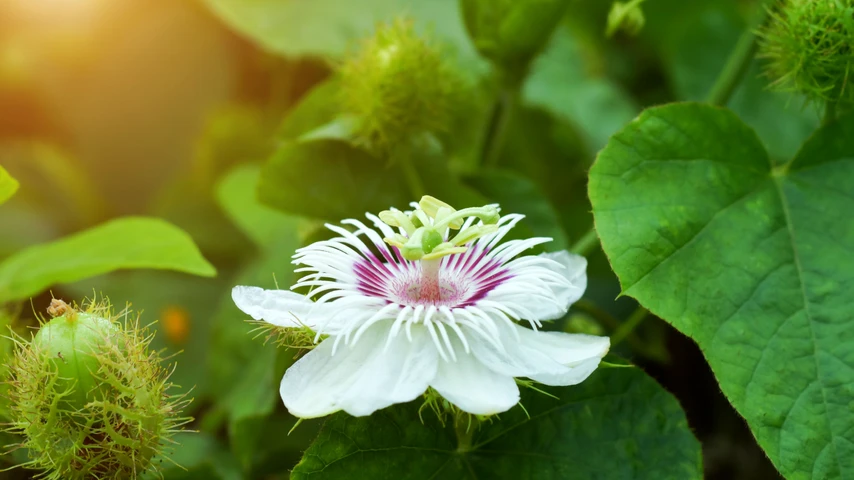
Passion fruit from this variety were pulped and applied to itchy areas that had been scratched with Sandpaper Fig leaves.
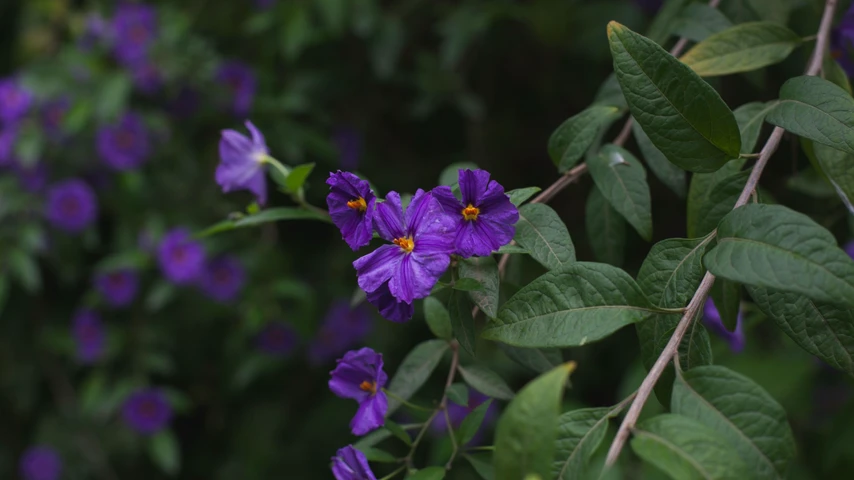
A poultice was made from the fruit and used to ease swollen joints. The leaves, on the other hand, can be infused to produce steroids.

Crushed and heated leaves were used to ease pain from sting ray and stone fish stings, insects, and snake bites. They were also used to ease haemorrhoids and skin infections such as ringworm.
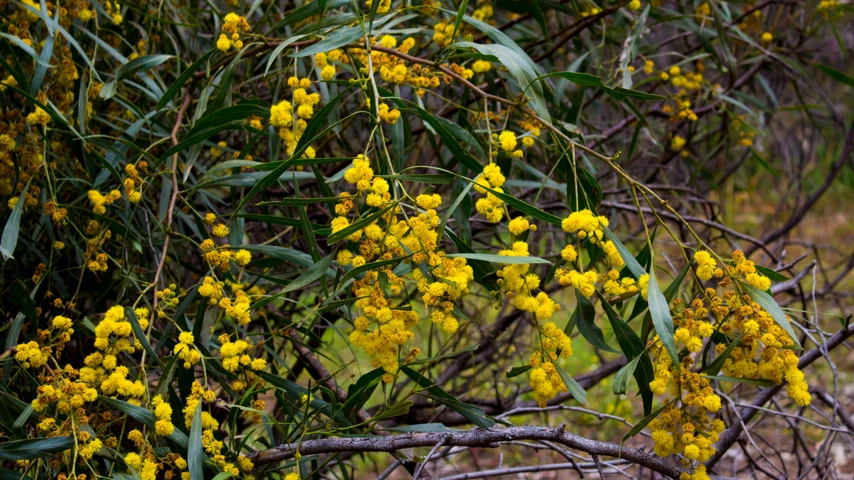
Bark from some wattle species can be boiled and used to soothe sore joints or stomach problems and help with sleep. Other species produce a lather when rubbed with water, and this could be used to sooth itchy skin.
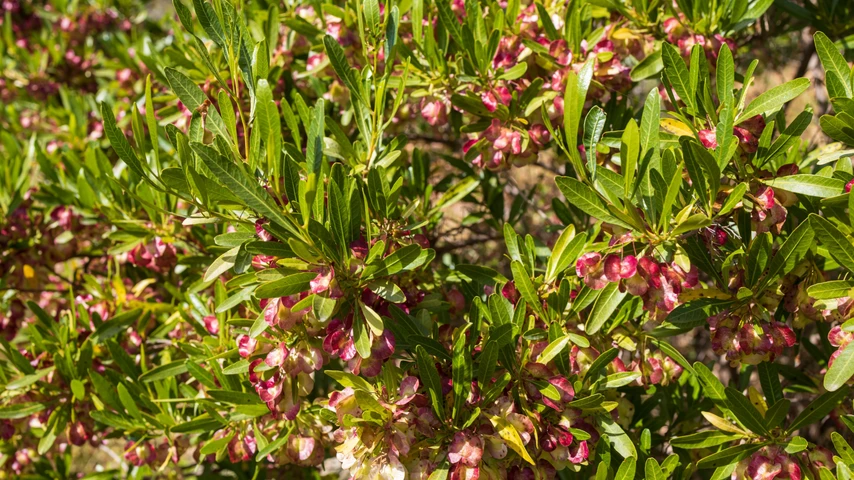
Roots were crushed for their juice, which could ease toothache and was applied to cuts. Leaves were used to make a poultice for stonefish and stingray stings, as well as rashes and bruises. The leaves also provided relief from inflammation and swelling, and acted as an antimicrobial for wounds.
Modern medicine has studied traditional plant uses, and we are regularly pleasantly surprised by the outcomes. Science is discovering the specific parts of plants that make them good for medicine, and proving old knowledge with new methods.
It is always important to keep your first aid skills up to date. Chances are you won’t have traditional medicinal plants at hand, and likely don’t have the appropriate training in their use. Keeping a first aid kit in your car can help ensure you are always prepared to respond.

March 25, 2025
Explore non-traditional paths to sobriety, including mindfulness, yoga, nutritional therapy, and community-based support, for a personalized approach to recovery.

September 7, 2022
Menopause is the final period, when a woman, trans man, or non-binary person assigned female at birth's ovaries run out of eggs and the body can no longer ovulate. Menopause comes with several symptoms, complications, and treatment options.

July 26, 2024
Transcutaneous Electrical Nerve Stimulation (TENS) is a therapeutic method of pain relief. It utilises an electrical device that emits electrical currents and streams the impulses via electrode patches attached to the skin.